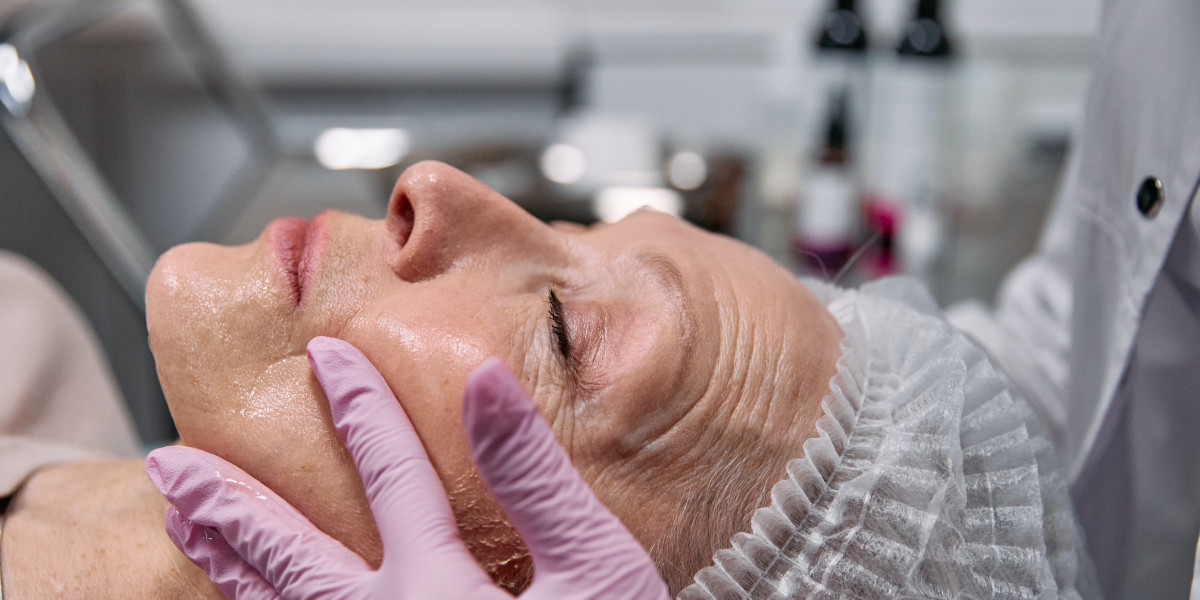These minimally invasive injectables offer a non-surgical solution to achieve a youthful and refreshed appearance. If you are considering dermal fillers, this comprehensive guide will provide you with essential information about their benefits, types, procedure, costs, and aftercare.
What Are Dermal Fillers?
Dermal fillers are gel-like substances injected beneath the skin to add volume, smooth wrinkles, and enhance facial features. They are commonly used to treat signs of ageing, such as loss of elasticity, sagging skin, and deep lines. Most fillers contain hyaluronic acid, a naturally occurring substance that helps retain moisture and improve skin hydration.
Benefits of Dermal Fillers
Dermal fillers offer a wide range of benefits for individuals seeking facial rejuvenation. These include:
Smooths Wrinkles and Fine Lines – Fillers effectively reduce the appearance of deep wrinkles, smile lines, and crow’s feet.
Restores Lost Volume – Ageing causes fat loss in certain areas of the face, leading to sunken cheeks and hollow under-eyes. Fillers restore volume and provide a youthful appearance.
Enhances Facial Features – Dermal fillers can define the jawline, enhance cheekbones, and add fullness to lips.
Non-Surgical Solution – Unlike facelifts, fillers require no surgery or extensive recovery time.
Quick and Convenient – The procedure takes less than an hour, and results are immediate.
Minimal Downtime – Patients can resume daily activities shortly after treatment.
Types of Dermal Fillers
There are several types of dermal fillers, each designed to address specific concerns:
Hyaluronic Acid (HA) Fillers
Hyaluronic acid fillers are the most popular type, known for their natural-looking results and hydrating properties. Common brands include Juvederm, Restylane, and Belotero.
Calcium Hydroxylapatite (CaHA) Fillers
These fillers, such as Radiesse, are thicker and provide longer-lasting results. They stimulate collagen production, making them ideal for deeper wrinkles and volume loss.
Poly-L-Lactic Acid Fillers
Sculptra is a well-known example of this type. It helps to rebuild collagen over time and is often used for significant volume loss.
Polymethylmethacrylate (PMMA) Fillers
These semi-permanent fillers, such as Bellafill, provide long-lasting results by creating a structural support beneath the skin.
The Dermal Filler Procedure
The process of getting dermal fillers is straightforward and minimally invasive. Here’s what you can expect:
Consultation
A qualified practitioner will assess your skin concerns, discuss your goals, and determine the best filler type for you.
Preparation
The treatment area is cleaned, and a numbing cream may be applied to minimise discomfort.
Injection
The filler is carefully injected into targeted areas using a fine needle or cannula. The practitioner will shape and massage the filler to ensure even distribution.
Post-Treatment Care
After the procedure, patients are given aftercare instructions to optimise results and minimise side effects.
How Long Do Dermal Fillers Last?
The longevity of dermal fillers depends on the type of filler used and the individual’s metabolism. On average:
Hyaluronic Acid Fillers – Last between 6 to 18 months
Calcium Hydroxylapatite Fillers – Last up to 12 months
Poly-L-Lactic Acid Fillers – Last around 2 years
PMMA Fillers – Can last 5 years or more
Potential Side Effects and Risks
While dermal fillers are generally safe, some common side effects may occur, including:
Temporary swelling, redness, or bruising
Mild discomfort at the injection site
Lumps or uneven texture (which can usually be corrected)
Rare complications such as infection or allergic reaction
To minimise risks, it is essential to choose a qualified and experienced practitioner.
Cost of Dermal Fillers
The cost of dermal fillers varies based on the type of filler used, the treatment area, and the practitioner’s expertise. On average, prices range from:
£200 - £400 per syringe for lip fillers
£300 - £600 per syringe for cheek or jawline fillers
£400 - £800 per syringe for under-eye or deep wrinkle treatment
Aftercare Tips for Dermal Fillers
Proper aftercare ensures optimal results and minimises side effects. Follow these tips:
Avoid touching or massaging the treated area for at least 24 hours.
Refrain from strenuous exercise and excessive sun exposure for a few days.
Apply ice packs to reduce swelling and bruising.
Stay hydrated and maintain a healthy skincare routine.
Avoid alcohol and blood-thinning medications for 24 hours post-treatment.
Are Dermal Fillers Right for You?
Dermal fillers are suitable for most individuals seeking facial enhancement. However, they may not be ideal for those who:
Are pregnant or breastfeeding
Have active skin infections or allergies to filler ingredients
Have underlying medical conditions affecting healing
A consultation with a professional is necessary to determine if fillers are the right choice for your cosmetic goals.
Conclusion
Dermal fillers are a highly effective and non-surgical way to restore volume, smooth wrinkles, and enhance facial features. With various filler options available, individuals can achieve a youthful and rejuvenated appearance tailored to their needs. If you are considering dermal fillers, consult with a qualified practitioner to discuss the best approach for your skin and aesthetic goals.






